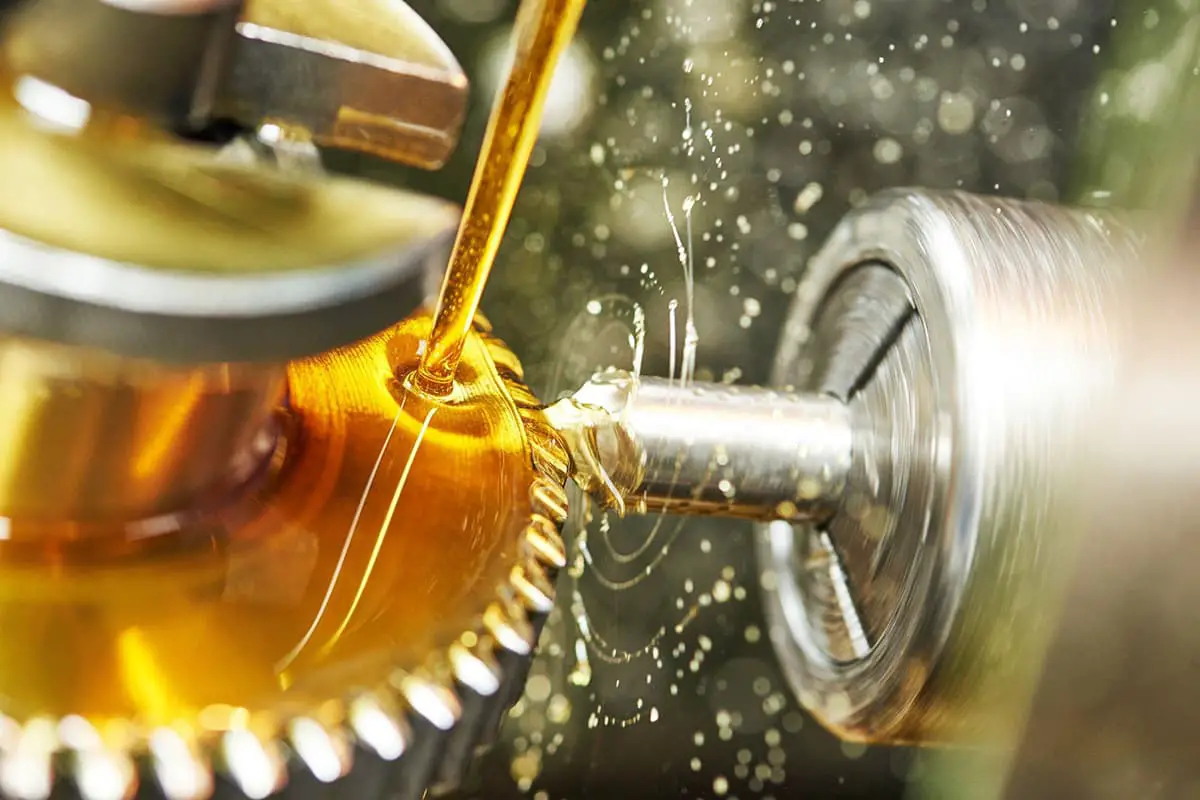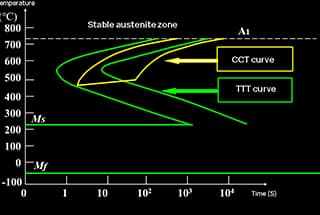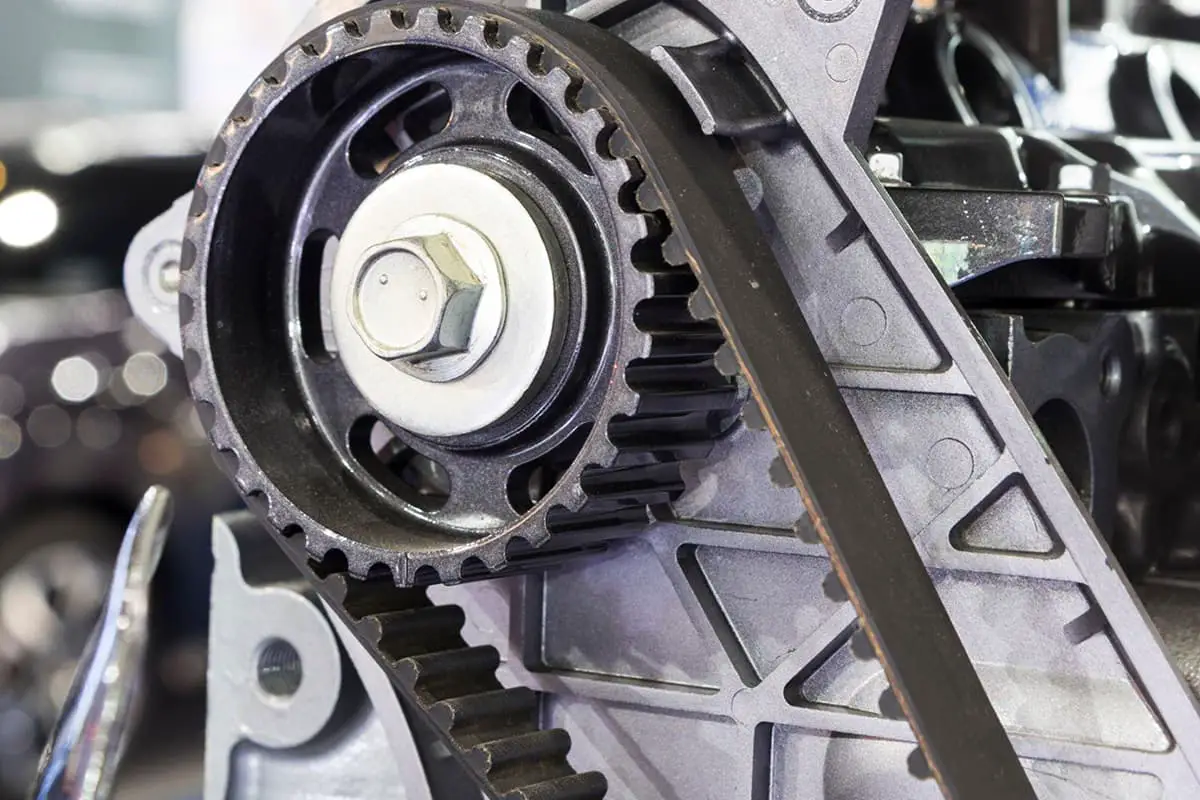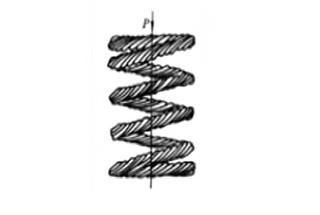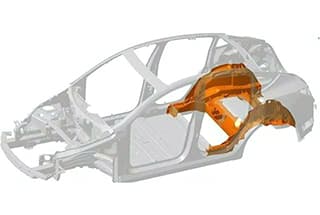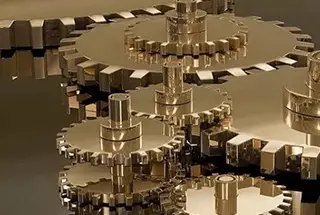
Imagine a world where we can print human organs, not just in 3D, but with the capability to grow and evolve like living tissues. This is the promise of 5D printing. In this guide, we’ll explore how this groundbreaking technology goes beyond traditional printing, introducing self-growing materials that could revolutionize medicine and manufacturing. By reading further, you’ll discover the potential impacts on organ transplants, the development of life-like entities, and the future of artificial intelligence. Ready to dive into the future of fabrication?
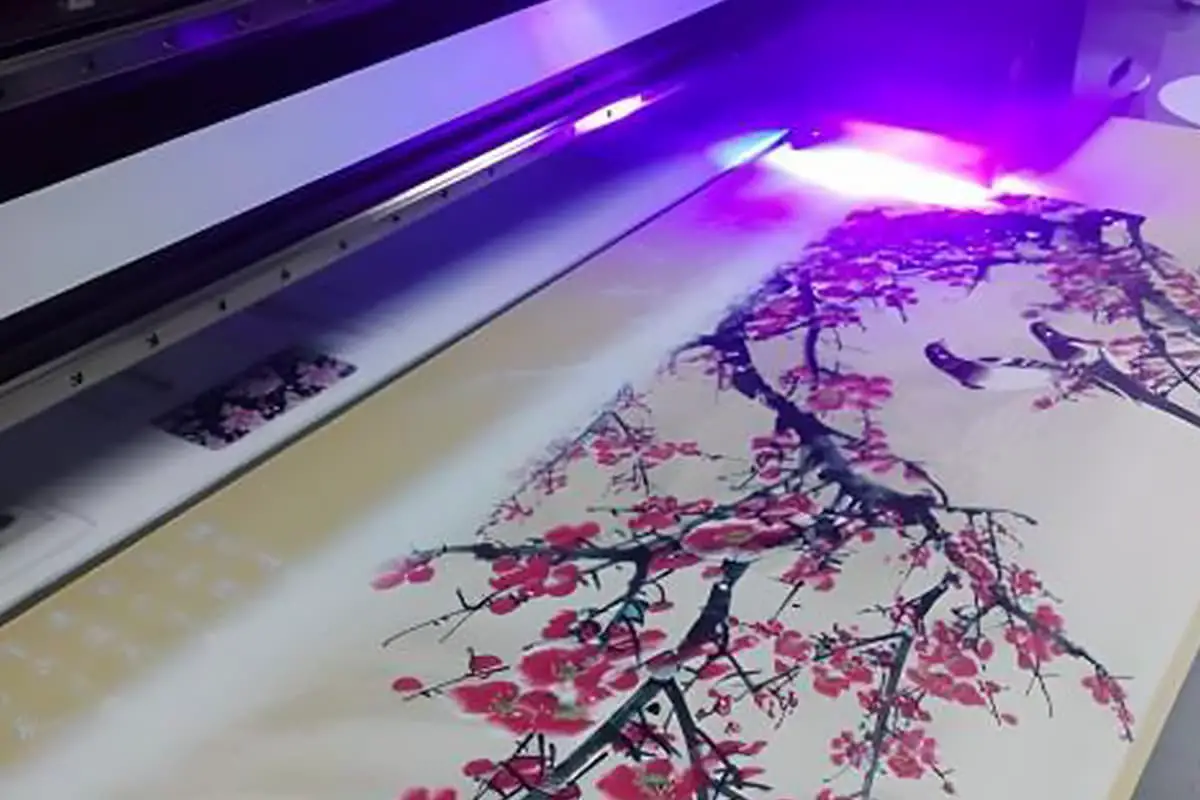
In February 2013, American Skylar Tibbits introduced the concept of 4D printing, and five months later, Academician Lu Bingheng of Xi’an Jiaotong University proposed the concept of 5D printing.
In an article titled “Development Roadmap of 3D Printing Technology” published in the China Information Week on July 29, 2013, Academician Lu Bingheng was the first to suggest that 5D printing is the current form of cell printing, where the living tissues and organs we need can be created through printing.
He went on to describe 5D printing on multiple occasions, explaining that as time progresses, not only does the shape change, but the functionality evolves as well. For example, in printing human organs, after printing a scaffold, human cells are incorporated within it and, in the right environment, they transform into different tissues, ultimately becoming an organ.

Of course, 5D printing is much more than just a simple concept: if 4D printing adds the dimension of time to 3D printing, using smart materials for self-assembly, then 5D printing introduces the ability to self-grow, which is not merely adding another dimension but expanding into multiple dimensions.
It’s important to note: First, while 5D printing still uses 3D printing technology equipment, the materials printed are living cells and biologically active factors that possess vitality. These biomaterials must undergo functional changes during their subsequent development; thus, a full life cycle design must be considered from the outset.
Second, some current so-called free-form 5D manufacturing refers to five-axis machining at the level of manufacturing technology, which is still within the realm of 3D manufacturing and is entirely different from the concept of 5D printing, lacking a leading role in scientific and technological innovation.
Clearly, 5D printing will transform traditional manufacturing, which is characterized by static structures and fixed performances, to dynamic and changeable functionality, breaking through conventional manufacturing paradigms towards the direction of structural intelligence and functional genesis.
This will bring disruptive changes to manufacturing technology and artificial intelligence, evolving the production of non-living entities to life-like entities with the ability to change shape and properties.
In the near term, this technology could revolutionize organ transplants and health services for humans, and in the longer term, it has the potential to create a new direction for manufacturing science and life science, driving a groundbreaking development in artificial intelligence.
The essence of 5D printing lies in fabricating tissues with life functions, offering humans the ability to custom-manufacture functional organs. The technology for artificial tissue and organ fabrication is a key area supported by global manufacturing powerhouses.
For instance, the United States’ “Outlook on Manufacturing Challenges for 2020” identifies the fabrication of biological tissues as one of the primary directions for high-tech; the European Commission’s “Strategic Report on the Future of Manufacturing: 2015-2020” suggests a focus on developing biomaterials and artificial prosthetics, positioning biotechnology as one of the four major disciplines underpinning the future of manufacturing;
Japan’s Society of Mechanical Engineers’ technology roadmap highlights micro-biomechanics to promote tissue regeneration as one of the ten research directions. Both international and domestic sectors have achieved partial clinical applications and industrialization in the manufacture of personalized human substitutes and membrane-like active tissues.
However, the engineering fabrication of complex active tissues and organs still poses many challenges. Currently, there are over 300 institutions and companies worldwide dedicated to the research and development of biological 3D technology.
Among them, the Wake Forest Institute for Regenerative Medicine in the United States has achieved a series of pioneering results in the field of biological 3D: they were the first to successfully print stem cells and induce the differentiation of functional bone tissue; in collaboration with the U.S. Army Institute of Regenerative Medicine, they developed a 3D skin printer; they’ve also 3D printed structures similar to “artificial kidneys.”
Internationally, heterogeneous integrated vascular network structures and heterogeneous integrated cell printing devices have been developed, producing cellular heterogeneous structures like human cranial bone patches and ear cartilage.
In China, the printing of bones, teeth, ear cartilage scaffolds, and vascular structures has been realized, with preliminary clinical applications; glioblastoma stem cell models and multi-cell heterogeneous brain tumor fiber models have also been manufactured. Renowned Chinese universities, including Tsinghua University, Xi’an Jiaotong University, Zhejiang University, South China University of Technology, Sichuan University, and Jilin University, have conducted in-depth research in this field.
The gap between some domestic biological manufacturing areas and the international advanced level is narrowing, with a few even achieving a leading global position.
5D printing represents the convergence of manufacturing technology and life science technology, where intentional design, fabrication, and regulation are at the core. The main key issues include the following five aspects.
Building on the understanding of the self-growth properties of living entities, it is necessary to develop theories for the structural and functional design of cells and genes at the elemental stage and throughout the growth process.
The main challenges include: first, breaking through the existing mechanical design theories focused on structural design and mechanical function to develop design methods that co-evolve structure, actuation, and function; second, understanding the laws governing cell and gene replication and self-replication to design the composition and structure of initial state cells that grow according to their own rules;
and third, conducting research on materials, manufacturing processes, and engineering control methods for living entities that are degradable, possess adequate engineering strength, and can be activated and grown in certain environments.
In 5D printing, the living units serve as the foundation for tissue growth and development, with single cells or genes constituting the core of subsequent functional manifestation. The micro- and nano-scale accumulation of these living units requires the study of their stacking principles and interrelationships.
By adjusting the intercellular relationships, we can control the three-dimensional spatial structure and functions, thus facilitating tissue growth and functional regeneration. The hallmark of 5D printing is the functional regeneration of living entities, with the preservation of their viability being paramount.
Therefore, the manufacturing of living entities necessitates providing a matching cultivation environment, including the control of nutrients, oxygen, carbon dioxide, and other atmospheric conditions in the culture medium, to create a synergy between the biological environment and the printing process.
It is vital to study the mechanisms and process innovation that enable different materials and structures to grow into various tissues and functions in certain environments. The initial structures and functions in 5D printing need to develop into final functionalities in specific settings.
This requires an understanding of the relationship between function formation and design manufacturing, as well as the laws of functional changes over time in multicellular systems.
This includes the relationships of cellular interconnectivity and interactions, which, through their effects, construct functions for energy (muscle cells) release or information (neurons) transmission, providing a technical foundation for the development of multifunctional devices.
Living entities are functional organizations controllable by information, similar to the role of neurons in animals and humans. In 5D printing, it is crucial to explore which materials and structures can substitute for neural functions, how to correctly transmit electrical or chemical signals, and how to drive the formation of various functionalities in tissues.
Researching neural and brain-like tissues will help establish information transmission organizations based on human natural characteristics, further advancing towards artificial intelligence with brain-like natural organization.
Current deep learning in artificial intelligence relies on model conjecture, data training, continuous learning accumulation, and even uses biological genetic algorithms to realize artificial intelligence functions, much like how airplanes have replaced birds.
In the future, brain-like entities may use 5D printing to implant chips into recreated or artificial organs, learn from the random interconnectivity of human brain neurons to create powerful biological chips, or use genes to replicate a biologically active brain entirely.
The collection of information, decision-making control, and actuation between the artificial brain, human original organs, and various artificial organs are areas awaiting further research and innovation.
In the implementation of 5D printing technology, it is essential to understand the principles of design and manufacturing. Targeting specific organs or biological devices, one must engage in systematic structural and functional growth design.
This involves understanding how to regulate cellular or genetic combinations in 5D printing, how to control process-induced damage to the living organism during printing, and how to manage the functions of the formed organs or devices, as well as interventions and guidance in cell growth.
It is necessary to comprehend the relationship between 5D printing and functional formation, to evaluate and measure the functions of multifunctional devices or tissues, and to establish a research system that integrates life unit design, damage-free printing, and function creation. This provides the technical support necessary for developing organs and devices with biological properties.
5D printing will shift manufacturing from materials such as wood, metal, and silicon to biological materials, transitioning from immutable structures to devices capable of functional regeneration.
To achieve this, it is crucial to establish transformative design and manufacturing techniques guided by functionality, and to advance manufacturing technology through interdisciplinary integration. The State Key Laboratory of Mechanical Manufacturing Systems Engineering at Xi’an Jiaotong University has conducted promising explorations in the development direction of 5D printing.
Myocardial infarction is a severe disease that poses a significant threat to human health. The existing engineered cardiac patches lack electrophysiological properties and cannot establish electrical signal conduction with the host myocardium, thus failing to achieve synchronous contraction and severely impairing the functional recovery of the infarcted myocardium.
Therefore, research into integrating conductive sensing functions within traditional cardiac tissues is required. This involves using multimaterial micro/nano 3D printing technology to achieve the integrated and controllable manufacturing of conductive sensing cardiac scaffolds, offering new means for exploring the pathogenesis and treatment of myocardial infarction.
This research will propel biomanufacturing from traditional scaffold fabrication to the development of smart conductive sensing scaffolds. By simulating the micro/nano-fiber structure of the natural cardiac extracellular matrix, research was conducted on micro/sub-microscale composite conductive fiber multimaterial electrostatic printing techniques.
Using melt electrostatic printing, poly(caprolactone) (PCL) microfibers with a diameter of 9.5μm±1.5μm were fabricated; using solution electrostatic printing, conductive fibers of poly(3,4-ethylenedioxythiophene)/poly(styrenesulfonate)-polyethylene oxide (PEDOT:PSS-PEO) with a diameter of 470nm±76nm were produced.
The PEDOT:PSS-PEO sub-microscale conductive fibers exhibited excellent conductivity, with a conductivity of 1.72×103S/m. By employing a layer-by-layer accumulation method, multilayer composite scaffolds were created, consisting of multilayered microfiber scaffolds with various orientations and micro/sub-microscale conductive scaffolds, as shown in Figure 8-17.
The multilayer composite scaffold exhibited favorable mechanical properties in the fiber direction, with an elastic modulus of approximately 13.0MPa. Measurements of the scaffold’s conductivity demonstrated that the addition of PEDOT:PSS-PEO sub-microscale conductive fibers significantly enhanced the scaffold’s conductivity.
Moreover, the micro/sub-microscale conductive scaffolds maintained stable conductivity in an aqueous environment, laying the foundation for subsequent cell experiments.

Primary cardiomyocytes, the most crucial cells in cardiac tissue, provide the force for heart contraction and blood flow.
The influence of the aforementioned multi-layered composite scaffold on the oriented growth and synchronous beating of primary cardiomyocytes from rats was studied. After eight days of co-cultivation, it was observed that primary cardiomyocytes were capable of growing along micrometer-scale PCL fibers and forming complex, oriented cellular networks on sub-micrometer PEDOT:PSS-PEO conductive fibers.
The cells also expressed substantial amounts of the cardiac-specific proteins α-actinin and CX43. Fluorescence quantification analysis revealed that the quantity of these proteins expressed on sub-micrometer PEDOT:PSS-PEO conductive fibers was significantly higher compared to micrometer PCL fibers.
This demonstrates that the sub-micrometer PEDOT:PSS-PEO conductive fibers enhanced the scaffold’s conductivity, improved intercellular electrical signal transmission, protein expression, and the beating capability of cardiomyocytes. Moreover, the layered, oriented design of the multi-layered conductive scaffold further facilitated the synchronous beating of primary cardiomyocytes.
Neuroscience is one of the most significant directions in scientific research today and a pinnacle of scientific competition among nations. In 2013, President Obama of the United States announced the Brain Initiative, which was soon followed by the European Union and Japan with the launch of The Human Brain Project and the Brain/Minds Project, respectively.
In China’s “13th Five-Year Plan,” brain science and brain-like research rank fourth among 100 major projects. According to the World Health Organization, brain diseases such as Parkinson’s, Alzheimer’s, autism, and depression, have become a greater societal burden than cardiovascular diseases and cancer. Due to limited understanding of their pathogenesis, nearly all cases lack effective treatments.
In brain science and brain disease research, the lack of human brain tissue donors has become a major bottleneck. Animal brain tissues cannot fully represent human brain characteristics; hence, constructing in vitro models that closely mimic natural human brain tissue is an inevitable requirement for the advancement of neuroscience.
The functionality of neurons in brain tissue and their signaling are fundamental to cognitive function. The arrangement of these cells, their types, and densities within the cortical layers underpin the functional zones of the cerebral cortex. Progressing from understanding the brain to creating it marks the direction for developing brain-like computers.
In vitro morphological and functional construction of brain tissue depends on biomimetic design and precise manufacturing of neuron types, construction structures, and neuron combinations corresponding to target functional areas. This is a forward-looking direction that biological brain-like function 5D printing should pursue.
In the development of equipment for in vitro construction of brain-like tissue, a cell printing/culturing integrated system has been designed and assembled. It can simultaneously print various cells and matrix components, with a printing head speed of 100 to 1000 mL/min and an X-Y worktable movement accuracy of no more than 20μm.
It can print tissue layers 100 to 300μm thick, maintaining a print chamber temperature of 37°C±1°C. The oxygen and carbon dioxide concentrations are adjustable, with concentration deviations within ±1%, providing an equipment platform for in vitro printing of multi-cell brain-like tissues, as shown in Figure 8-18.

Based on the existing printing equipment, the printing process parameters have been optimized to accommodate neuron cell printing requirements, achieving the preparation of three-dimensional viable neural tissues that encapsulate primary rat neuronal cells with a post-printing cell viability of over 94%.
Natural brain tissue consists primarily of two types of neural cells: neurons and neuroglia. Utilizing the aforementioned platform, we constructed models of pure neuronal tissue, mixed neuron and glial cell tissue, and complex tissue structures with neurons and glial cells coexisting in a predefined three-dimensional spatial arrangement.
This setup enabled the co-culture of active brain-like tissue neurons and glial cells in vitro under various spatial structural relationships. Research indicates that neurons, positioned adjacent to but stratified from glial cells, can exhibit morphologies and biochemical expressions more reminiscent of natural brain tissues compared to neurons cultured alone in vitro.
This model provides a more accurate representation and research basis for the coexistence of neuroglial cells and neurons from a three-dimensional perspective, laying the groundwork for subsequent brain science endeavors and pathological pharmacological studies using in vitro models.
Existing machines are limited by low energy conversion efficiency and flexibility. Multidirectional flexible bioinspired robots, powered by living muscle tissue or cells, represent the future of bio-symbiotic machinery with high energy conversion efficiency, intrinsic safety, and agile movement. To this end, research into multicellular/multimaterial composite manufacturing methods for bioinspired robots is necessary.
This research aims to provide a repeatable, customizable rapid manufacturing approach based on the locomotive functional requirements of life-like robots that integrate biological and mechanical systems.
① For the design of the biological entity, we developed a negative Poisson’s ratio scaffold microstructure for cultivating and differentiating muscle cells. This design enhances the degree of muscle cell differentiation and contraction force of the muscle tissue while providing the necessary protection and nutrients to maintain long-term activity of the biological entity.
② Regarding the manufacturing of the biological entity, 3D printing was used to fabricate bio-components. Experimental research on the growth and differentiation of skeletal muscle cells revealed that these cells can differentiate into mature muscle fibers, laying the foundation for the construction of functional biological entities. Furthermore, we constructed a crawling bio-mechanical hybrid robot inspired by the sea slug.
③ In terms of regulating the functionality of the biological entity, a multi-field coupling stimulation platform was established. Studies on the regulatory mechanisms of bionic environmental enrichment stimuli (such as electrical and mechanical stimuli) on the driving performance of the biological entity were conducted.
④ Concerning the driving performance of bioinspired robots, a kinematic and dynamic model based on a second-order spring-damper system was developed for the robot. Using a kinematic and dynamic experimental platform, robot driving performance tests were carried out. The results showed that under a square wave pulse stimulation of 50Hz frequency and 1V voltage, the robot could crawl forward at a speed of 2mm/s.
The aforementioned research explores the potential future directions for living body robots.


